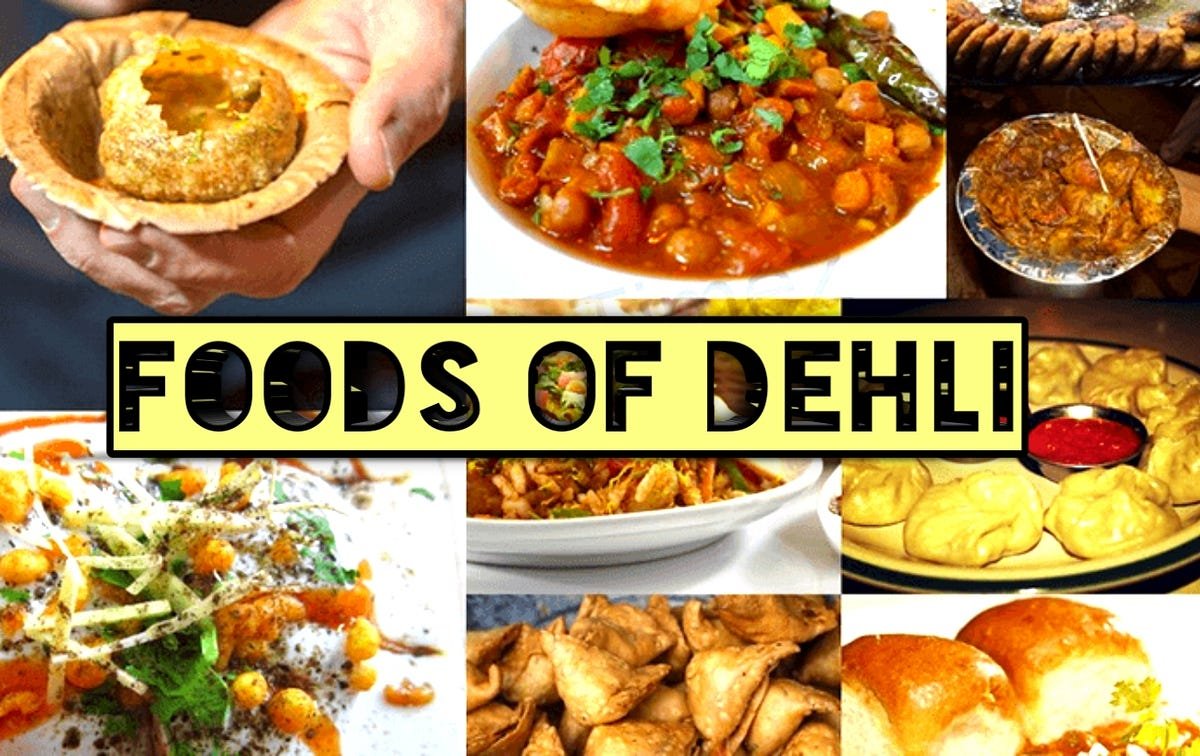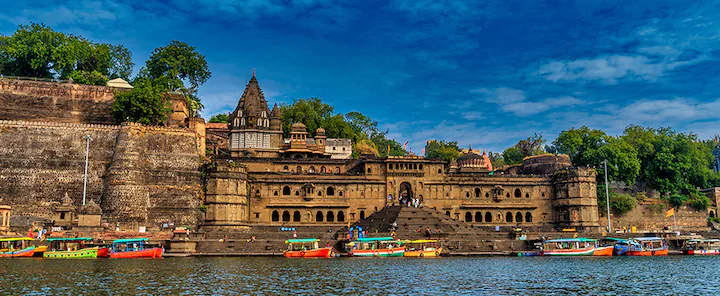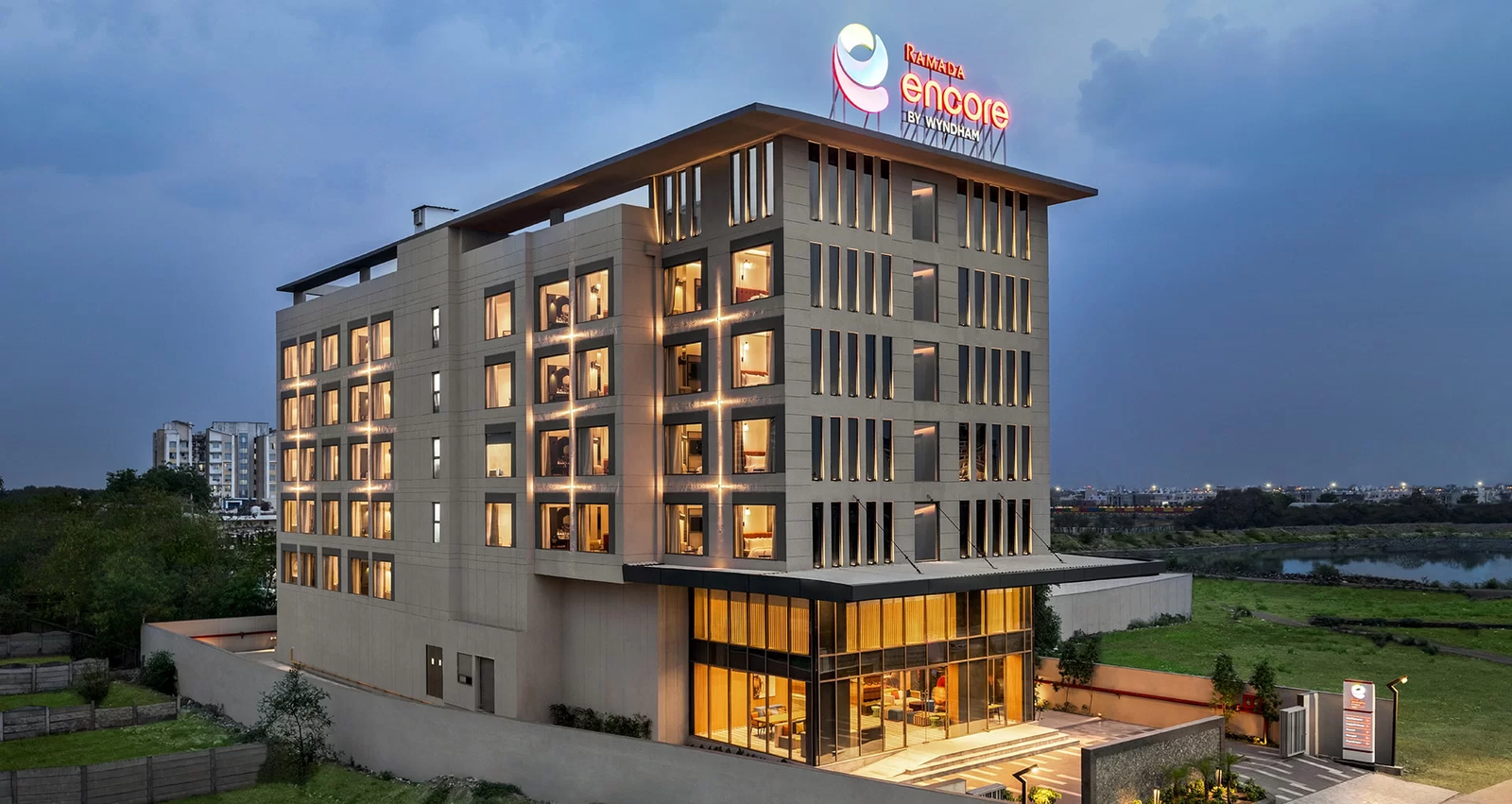Delhi, a city brimming with history, chaos, charm, and color, is equally defined by its street food legacy. Among all the flavorful dishes that dominate its food culture, Chole Bhature stands tall—not just as a beloved breakfast staple, but as an identity of indulgence. This Punjabi-born dish has become a culinary symbol of North India, and more specifically, Delhi. In fact, for those looking for the Best Food Tour in India, a bite of Chole Bhature in Delhi is more than just a stop; it’s an essential experience.
What Exactly Is Chole Bhature?
At its core, Chole Bhature is a hearty combination of spicy chickpeas (chole) cooked in a rich, aromatic masala and paired with deep-fried bread (bhature) that is both crisp and soft at once. But this description barely scratches the surface of its allure.
The chole is slow-cooked with onions, tomatoes, ginger-garlic paste, and a medley of spices such as amchur, garam masala, and black cardamom. Some vendors even use dried gooseberries or tea leaves to give the chickpeas a deeper, darker hue and a tangy edge. The bhature, made from all-purpose flour, is fermented with yogurt or baking soda and rolled into fluffy rounds that puff up when fried.
The sensory interplay—crunchy, soft, spicy, tangy, and rich—makes each bite feel like a flavor explosion. It’s no surprise that Chole Bhature is considered a comfort food, a street food, and even a gourmet experience, all at once.
The Cultural Significance of Chole Bhature in Delhi
Delhi doesn’t just serve Chole Bhature—it reveres it. Local food joints, small kiosks, and upscale restaurants alike feature it on their menus. There’s even friendly rivalry between iconic eateries such as Sita Ram Diwan Chand in Paharganj and Baba Nagpal Corner in Lajpat Nagar, each with its loyal fan base.
For many Delhiites, a Sunday morning feels incomplete without standing in line for a plate of steaming Chole Bhature served with pickled onions, spicy green chilies, and a glass of frothy lassi. The dish embodies nostalgia, community, and culinary craftsmanship.
It’s also a rite of passage for newcomers. Whether you’re a student who’s just moved to the city, or a traveler on a curated Food Tour package in India, tasting this dish is a way of feeling the heartbeat of Delhi.
Why Is Chole Bhature So Addictive?
It’s not just the taste. It’s the combination of factors that makes this dish incredibly irresistible:
- Texture Play: The contrast between soft chickpeas and crispy bhature provides a mouthfeel that satisfies multiple cravings.
- Flavor Complexity: With layers of spice, acidity, and richness, the taste evolves with every bite.
- Satiety: It’s a complete meal that fills you up—emotionally and physically.
- Nostalgic Value: For many, it brings back memories of childhood, family outings, or college canteen adventures.
- Affordability: It’s accessible to everyone, from the daily commuter to the culinary explorer.
Where to Try the Most Authentic Chole Bhature?
If you’re serious about sampling authentic Chole Bhature, a guided Old Delhi Food Tour is one of the best ways to find hidden gems that don’t always show up on Google Maps.
Places like Chandni Chowk, Kamla Nagar, and Karol Bagh host age-old eateries where recipes have been passed down through generations. Many of these establishments still use traditional cooking techniques—like coal-fired stoves or handmade masalas—that amplify the dish’s rustic charm.
How Has the Dish Evolved?
While the classic version reigns supreme, Delhi’s food innovators have started experimenting with fusion variants like:
- Stuffed Bhature (with paneer or mashed potatoes)
- Chur-Chur Bhature (layered and flaky, like a paratha)
- Mini Bhature Platters (bite-sized, served with multiple chutneys)
These modern takes often spark debate among purists, but they undeniably reflect how food continues to evolve with the city’s dynamic palate.
Insider Tips for the Perfect Chole Bhature Experience
- Go Early: Many famous joints close by noon because they sell out fast.
- Avoid Mondays: Several eateries remain shut on the first day of the week.
- Eat on the Spot: Chole Bhature tastes best when served hot. Takeaway can compromise the bhature’s texture.
- Pair It Right: A glass of lassi or a sweet-sour aam panna elevates the experience.
Final Thoughts
Delhi’s Chole Bhature isn’t just a dish; it’s an event. It captures the soul of the city—loud, bold, and bursting with flavor. Its addictiveness is born from more than just ingredients—it’s tied to memories, culture, and a legacy that continues to thrive.
For food lovers, it’s not just about satisfying hunger; it’s about indulging in a piece of history. And for travelers and locals alike, this dish remains one of Delhi’s proudest culinary treasures.




